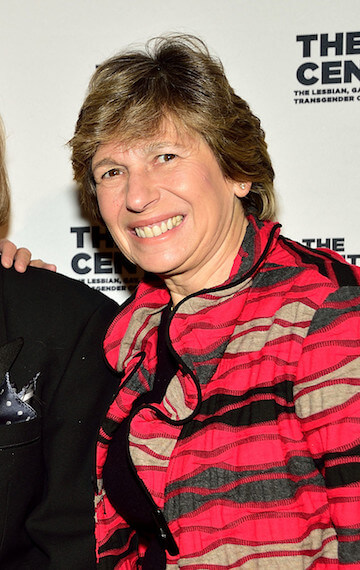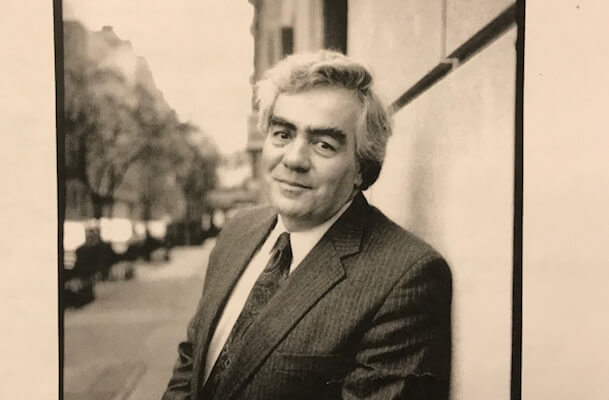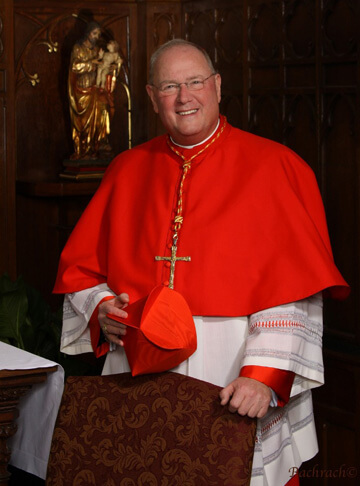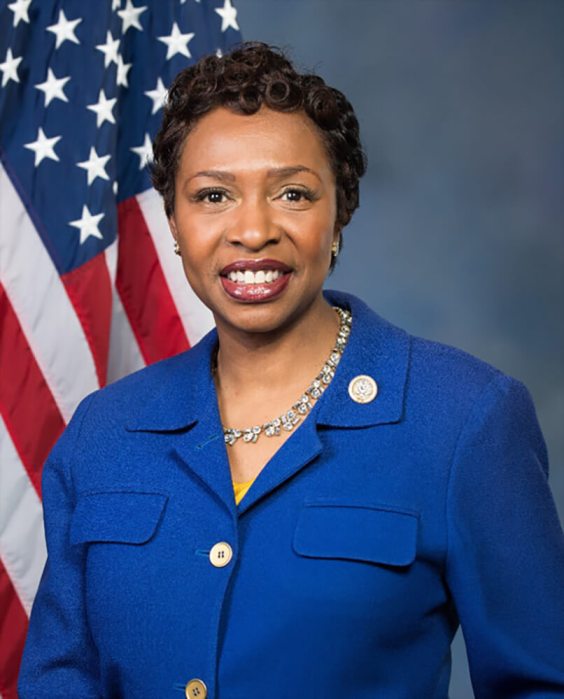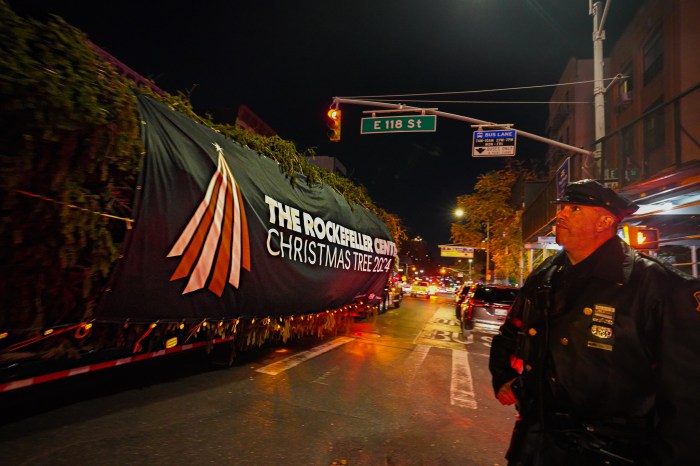Among those at the head of the march on May 20 were City Council candidate Yetta Kurland (center), Council Speaker Christine Quinn (to her right, one row back), and Glennda Testone, executive director of the LGBT Community Center (right end of banner). | DONNA ACETO
Within 24 hours of a pipe bomb exploding in a West Village gay bar in 1990, Queer Nation, a newly formed activist group, organized a protest demanding that the police department and City Hall act. Estimates put the crowd at several hundred to more than 1,000.
Though still grappling with the AIDS epidemic, the community responded to additional reports of anti-gay attacks — called “The Second Epidemic” in a 1990 article in Outweek magazine — with more protests, self-defense classes, and patrols in the East and West Village.
This was the Queer Street bashing back by building its own institutions and criticizing the police and political leaders for their failure to protect a vulnerable population. This is how the community always responded in that era.
LGBT community, stunned by horrific murder, heeds calls from on top
When mainstream health groups were not meeting the needs of gay men, three members of the Gay Liberation Front founded the Gay Men’s Health Project Clinic, now called the Callen-Lorde Community Health Center, in 1971. Launched in 1983, the Lesbian, Gay, Bisexual & Transgender Community Center gave the community a home. The Empire State Pride Agenda (ESPA) was formed in 1990 to deliver political power.
In a decidedly different environment, Mark Carson, 32, was shot and killed in an alleged anti-gay hate crime in the West Village on May 18. Elliot Morales, 33, faces two weapons possession charges, a menacing charge, and one count of second-degree murder as a hate crime in the killing.
The Queer Street did not respond in 2013. The institutions the community built and elected officials the community put in office organized a May 20 march. The event drew 1,500 people, the police said. That response came with its own problems.
City Council Speaker Christine Quinn, an out lesbian who represents a district that includes Chelsea and the West Village, was a lead organizer. Quinn was aided by the Community Center and the New York City Anti-Violence Project (AVP).
Quinn is also seeking the Democratic nomination for mayor. She did not reach out to the other candidates and ask them to stand with her and condemn this crime.
“Aside from speaking to Police Commissioner Kelly, people in the Department of Education, and my staff, the staff has been doing the work,” Quinn said at a May 20 press conference hours before the march. “We’ve been blasting it everywhere, we want everyone to come. Every time there has been a significant hate crime in this city, the City Council has responded.”
While the other candidates were at the head of the march with Quinn, she was accused of politicizing the event on the Facebook page dedicated to the march and by activists both on and off the record.
“I think Christine Quinn is shameless and would use any circumstance to promote her political agenda,” said Allen Roskoff, the president of the Jim Owles Liberal Democratic Club, a gay political group. “That’s been her entire history.”
At the end of the march, which went from the Community Center on West 13th Street to Sixth Avenue and Eighth Street where Carson was shot, organizers decided that no elected officials would speak at the rally. City Council staffers did distribute flyers that listed endorsers, including Quinn and nine other straight, gay, and lesbian officeholders, and 43 private organizations. None of the other mayoral candidates were on that list. The other side of the flyer listed five anti-hate crime efforts, with four naming Quinn as the initiator.
A few people voiced criticisms of the city. Some Quinn opponents, including openly gay Donny Moss, stood on the march route holding a sign reading, “We need a hospital, we don’t need condos.”
Quinn has been attacked for supporting the closing of St. Vincent’s Hospital and Medical Center in the West Village and its conversion to luxury housing. Louis Flores, a gay Quinn critic, has said that Carson might have survived if he could have been taken to St. Vincent’s, which was a few blocks from the shooting, as opposed to being transported to Beth Israel Medical Center, which is further uptown. Flores does not have data to support this claim.
Carson and a friend first encountered Morales at roughly midnight, according to the criminal complaint. Morales allegedly said, “Look at you faggots, you look like gay wrestlers.”
Minutes later, Morales came back and asked, “You want to die tonight? Are you with him?” When Carson said, “Yes,” Morales shot him in the head. Police arrested Morales at roughly 12:05 a.m. Carson was pronounced dead at Beth Israel at about 1:40 a.m.
The fact that no criticisms of the city or the police were voiced from the rally stage may show how successful the community has been since 1990, and that government now responds to us. It could also mean that ESPA, the Community Center, AVP, and other organizations are more likely to partner with government in 2013.
Collectively, many of the groups represented on the stage receive hundreds of thousands of dollars in City Council discretionary funds and some likely get millions in city contracts. If these groups criticize the city, it is done privately.
This trend is particularly pronounced in the silence that greets the city’s continued failure to address rising HIV infections among gay men and the praise, which may or may not be warranted, for the city’s response to the current meningitis outbreak among gay men.
Rally attendees were told of a single opportunity to get involved in later actions. AVP is beginning Community Safety Night events on May 24 that will do outreach in neighborhoods affected by anti-gay violence.
“The march and rally were put together from the top down by non-profits with help from politicians,” said William Dobbs, a longtime gay activist who praised the turnout at the event. “One of the really important lessons from the AIDS crisis is that activism is crucial and if homophobia is going to be confronted, it’s going to require grassroots activism like in AIDS.”


